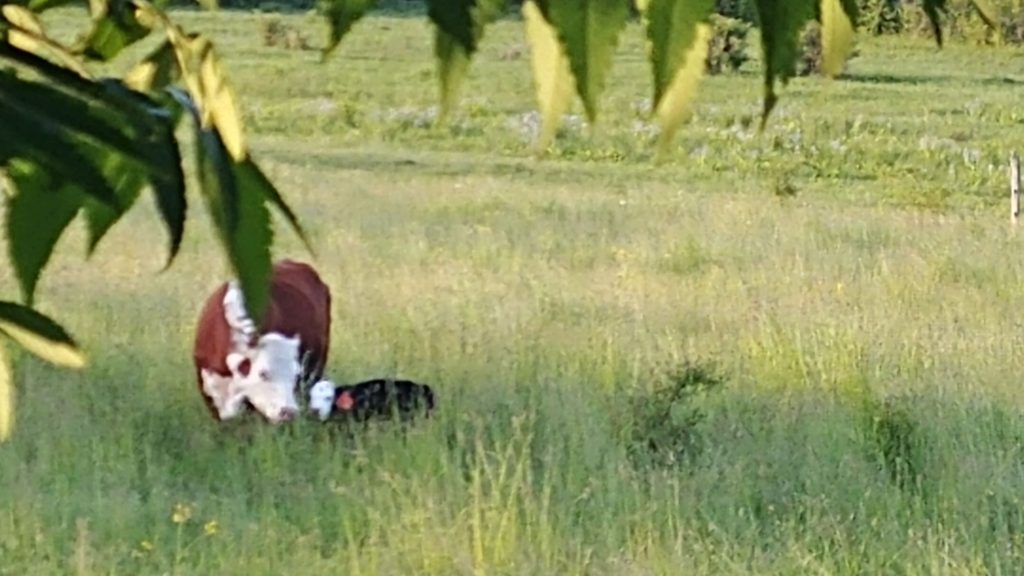Reality of modern large farming differs from romantic images
If you closed your eyes and imagined a farm, you’d probably picture something like the one owned by Pam Schreiber in Westerlo.
Her family’s white house fronts the property, with a red barn behind it. To the left, rows of planted vegetables stretch away from the house. To the right, cows graze under the sun on grassy fields. Chickens share a pen with horses. A pickup truck rests on a dirt driveway.
These are classic and enduring farm images — farmers, crops and animals in proximity. And in upstate New York, many such farms still thrive.
But the reality of much modern farming is far different. Economies of scale and government policy work against small, diversified farms. Most of the food we buy is instead produced on an industrial scale, with vast fields of a single crop and animals that spend their lives entirely indoors, crowded like commuters on a Manhattan subway.
The industrial, factory-like farm has brought gains in efficiency and food costs.
But a rising chorus of critics question the consequences of industrial-scale farming, citing environmental degradation and potential threats to human health. They wonder if farms, especially those that raise animals, have grown too big, too fast.
“There is a growing awareness and concern about how food is produced,” said Bob Martin, a policy adviser at the Center for a Livable Future at Johns Hopkins University’s school of public health. “But it’s amazing how little most people know about farm animals. The industry has really perpetrated this image of happy cows on the hillside and pigs lounging in a pasture, when the reality is far more grim.”
Read full article here.

